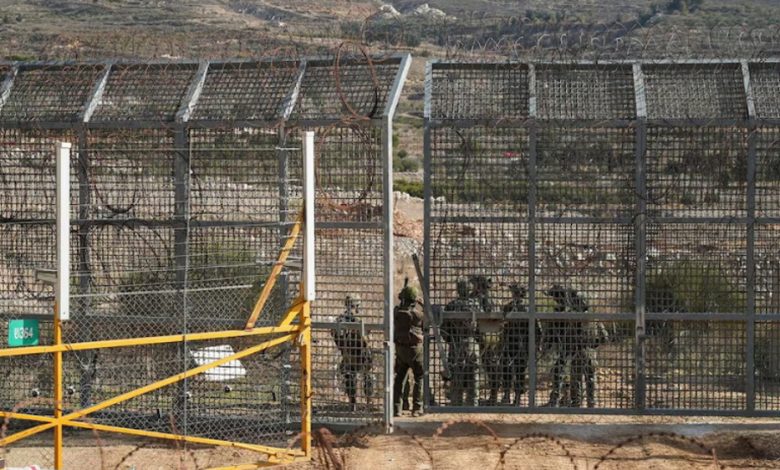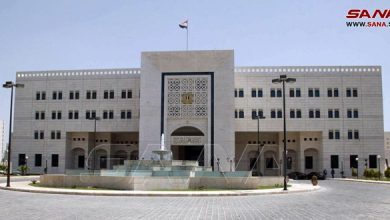Zionist regime informed Damascus that occupation forces are set to remain in the occupied territory
The zionist government has reportedly conveyed to Syria's new administration that its military forces will continue to be positioned in a designated "buffer zone" within the occupied Syrian Golan Heights for the time being.

According to a report by the Israeli newspaper Yedioth Ahronoth, Israeli officials have communicated to Syria’s new leadership that their military forces will maintain their positions in the disputed areas and will not withdraw.
A statement declared that any efforts by militants to advance towards southern Syria will be strictly opposed. It further emphasized that the transfer of the buffer zone would only be contemplated once a responsible governing body is established in Syria. Until such a government is in place, concerns over national security will remain a priority.
In recent developments, Abu Mohammad al-Julani, the leader of Hayat Tahrir al-Sham (HTS) and the de facto authority in Syria, stated last week that his organization has no intention of entering into conflict with Tel Aviv.
Israeli military units successfully seized control of the buffer zone in the Golan Heights just hours following the takeover of Damascus by armed factions on December 8. This development resulted in the ousting of President Bashar al-Assad’s government from the Syrian capital.
In the 1967 Six-Day War, the Israeli military took control of the Syrian Golan Heights. Despite calls from the United Nations Security Council Resolution 242 for withdrawal, Israel has not retreated its forces or returned the disputed territory.
The government of Israel has established approximately 30 settlements in the Golan Heights over the past several decades. These settlements currently house over 25,000 Israeli residents.
Following the 1973 Arab-Israeli War, the United Nations established a buffer zone in the Israeli-occupied Golan Heights. Since its inception, this area has been monitored by the United Nations Disengagement Observer Force (UNDOF), which comprises approximately 1,100 troops.
Earlier, Julani announced that Syria’s incoming administration would honor the conditions stipulated in the 1974 Disengagement of Forces Agreement with Israel, even following the collapse of Assad’s regime. He urged the international community to ensure Israel’s compliance with the agreement.
Israeli forces have established control over the summit of Jabal al-Shaykh, a strategic observation point overlooking regions in Syria and Lebanon. At an elevation of 9,232 feet (2,814 meters), it stands as the tallest peak along the eastern Mediterranean coastline.
Forces have progressed past the designated buffer zone in the direction of Damascus, as regime aircraft have executed numerous aerial attacks across Syria.
Following the decline of Assad’s regime, Israeli forces have conducted operations targeting and neutralizing a range of Syrian military assets. The actions reportedly include the destruction of naval vessels, sea-to-sea missiles, helicopters, aircraft, including the complete fleet of MiG-29 fighter jets, and ammunition stockpiles. These operations are believed to have targeted at least five air bases within Syria.




